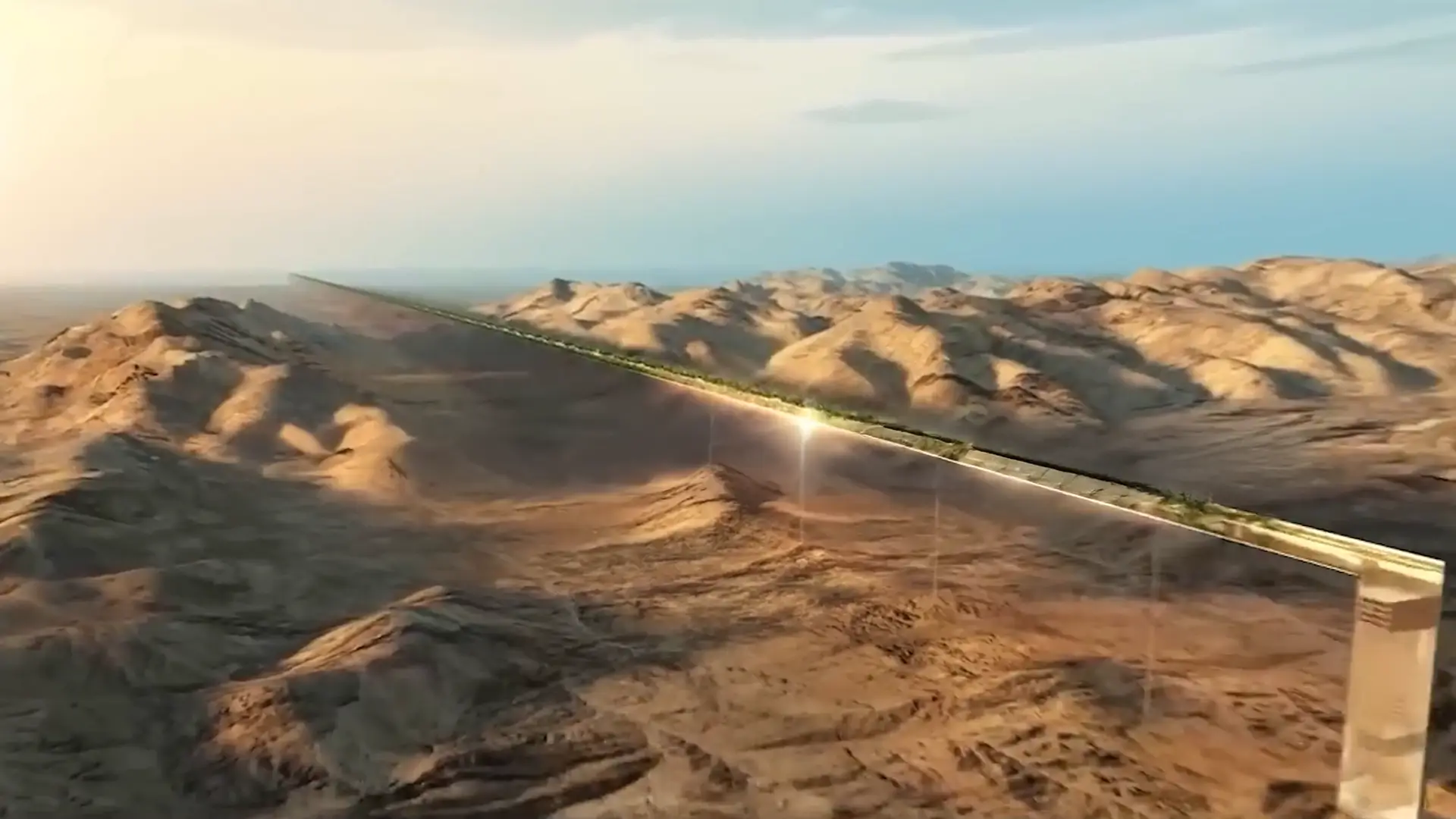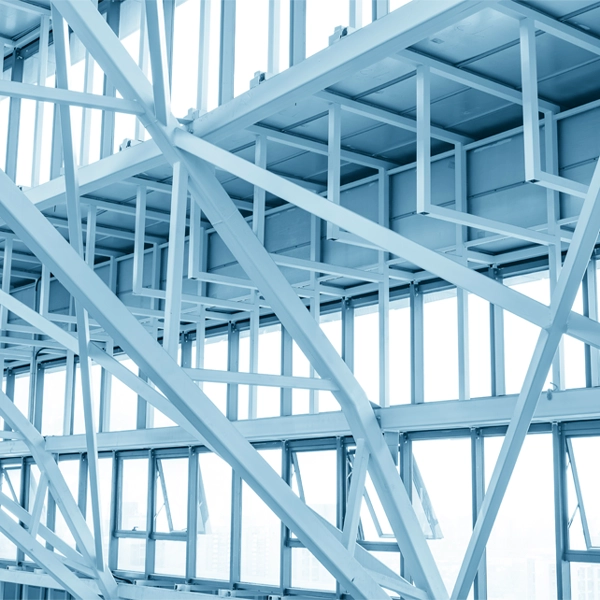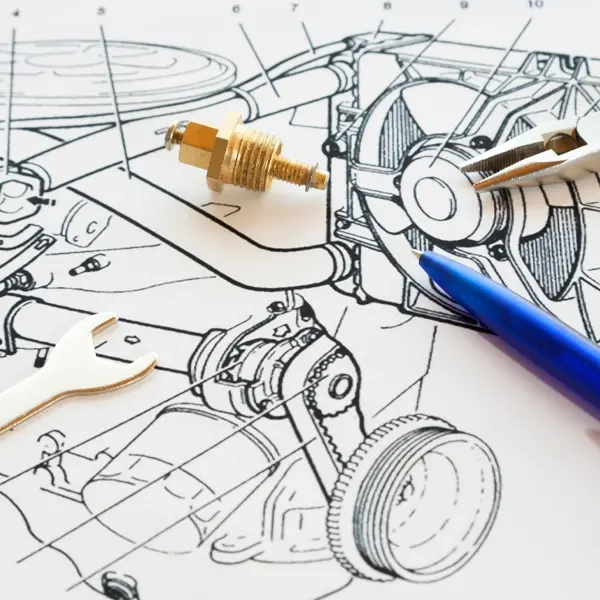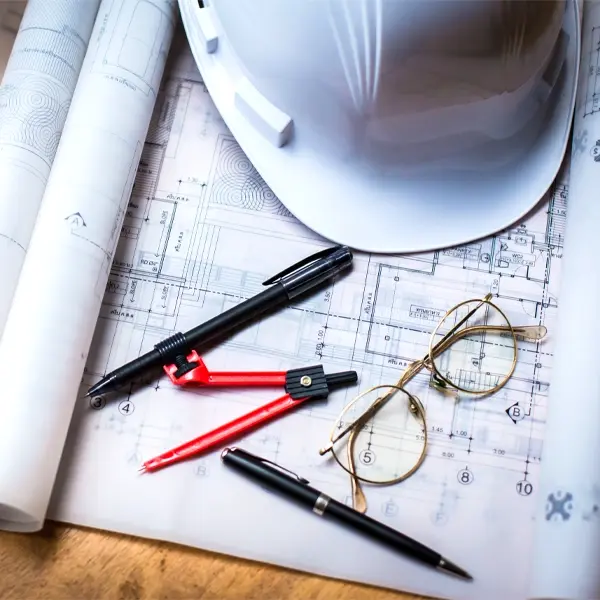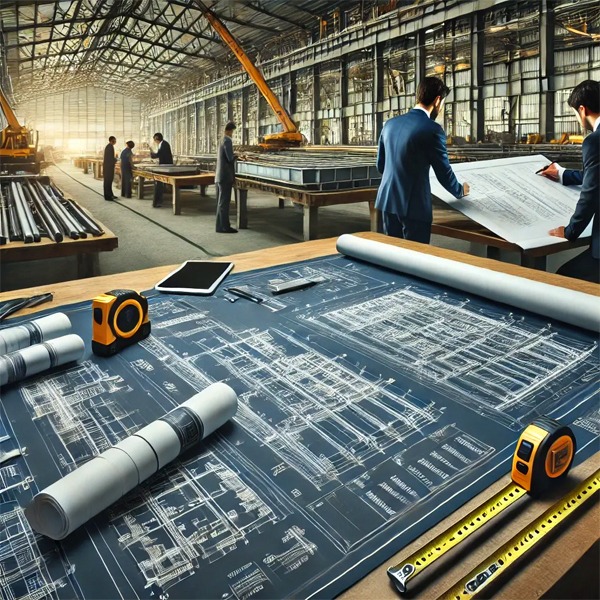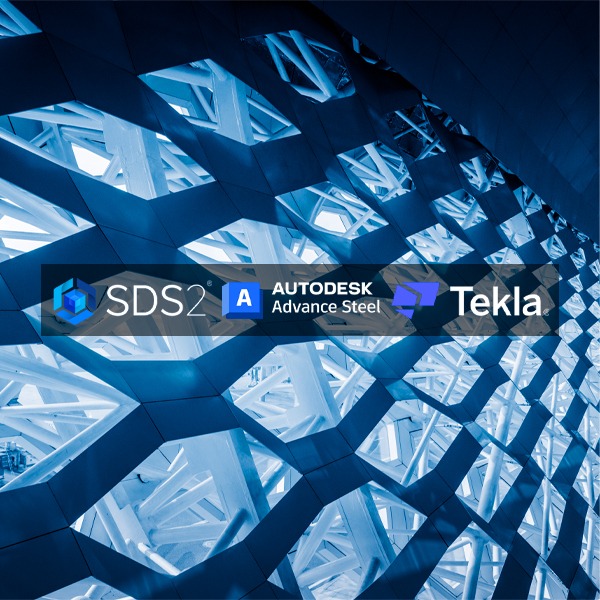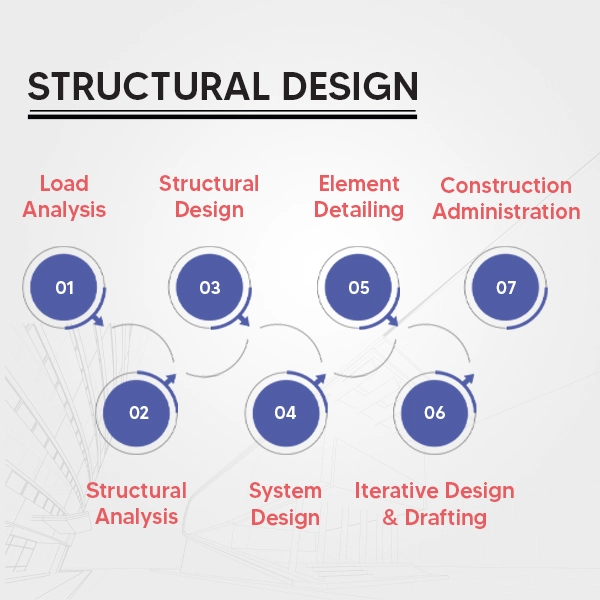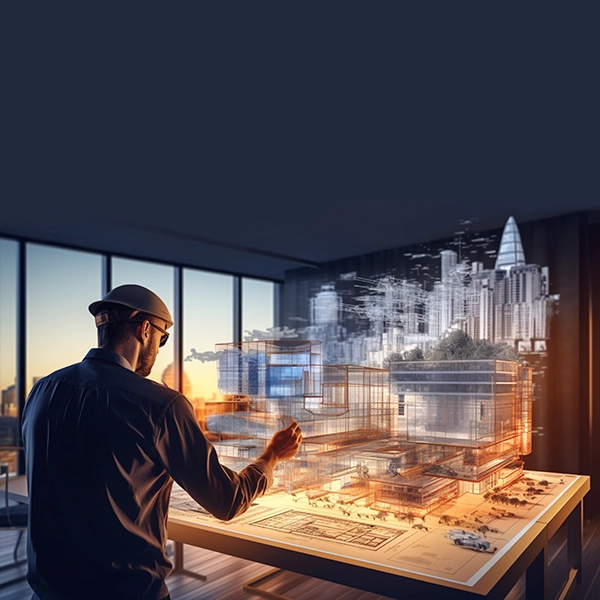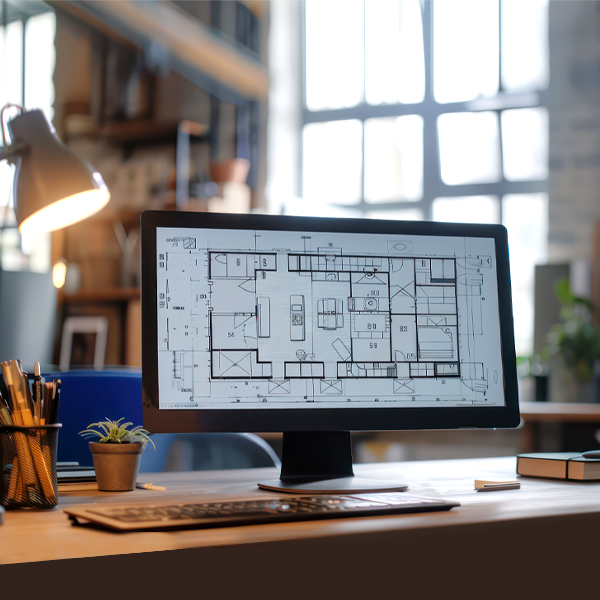Blog
Get to Know Everything About Neom Meta City: Saudi Arabia’s Futuristic City Like No Other
NEOM is Saudi Arabia's most ambitious urban development project—an entirely new city designed to redefine the future of urban living. Spearheaded by Crown Prince Mohammed bin Salman, this $500 billion megacity is being built as a hub of technological innovation, sustainability, and cutting-edge infrastructure.
Types Of Structural Steel Detailing
Can you imagine a skyscraper being made without steel? Possibly not, be it the eiffel tower or the uncannily burj khalifa floating over the sand, most of the greatest buildings in the world have undergone some structural steel detailing to stand strong. The structural steel detailing plays an irreplaceable role in the strength and integrity of these structures.
5 Architectural Trends that Will Redefine Urban Living in 2025
Are you an engineer or a contractor? What is your resolution for 2025? You may want to reduce the carbon emission of your next project or are looking forward to working on a design with automation being the top priority. Whatever the case, knowing what is trending at the moment is the safest bet to become a part of the ever-changing architectural industry.
Exploring Assembly Shop Drawings & Their Types
In the world of engineering, effective communication is essential for the successful creation and assembly of complex systems. One of the most powerful tools in this process is graphic language, particularly assembly drawings.
Understanding Structural Design in Civil Engineering: Definition, Principles, and Types
For a structure to remain stable, it must handle loads and resist external factors like wind over time. That is where you need a structural design. None of us want our buildings to collapse like the Tacoma Narrows Bridge, right?
Shop Drawings in Construction Explained: Definition, Types, Importance & Costs
Shop drawings are essential for turning design concepts into flawless execution in construction projects. They ensure precision, streamline communication, maintain compliance, and adapt to changes, saving time, costs, and resources.
Top 3D Modeling Software for Steel Detailing: A Contractor’s Guide
Choosing the right 3D modeling software for steel detailing is important for contractors to maintain precision and efficiency.
The Structural Design Process in 7 Simple Steps
Do you ever wonder how the tall, sturdy skyscrapers and structures that cover our cities are constructed? Come along as we walk you through the process of designing such buildings and skyscrapers and their structural envelope that calculates the weight of each building component and uses innovative materials and technologies to improve building safety and environmental friendliness. This blog provides an opportunity to learn how engineers and architects visualize their ideas and design environments that are not only beautiful to look at but also tough to the effects of time and environment. Together, let us set off on an exciting journey to explore the world of building design and construction!
10 Ways BIM Is Changing the Construction Industry
With its advanced digital approach to managing and visualizing functional and physical attributes of buildings and structures, Building Information Modeling (BIM) is revolutionizing construction industry. Imagine a situation where architects, engineers & construction experts work together seamlessly, reducing mistakes & speeding project schedules—all while saving funds and resources. See how this new technology is completely changing construction industry by understanding our list of top 10 benefits of BIM, which includes reliable facts and real-world examples.
Basic of BIM: An Overview of Building Information Modeling
As an architect, consider yourself ready to take on a big project. Instead of studying through bunch of blueprints and static 2D drawings, you use a dynamic & interactive 3D model. This model displays every element of the structure and detects any issues before they occur. Will that not be better than bunch of different blueprints? Greetings from the sphere of Building Information Modeling (BIM) . Here, advanced technology and construction combine to achieve remarkable precision, efficiency & teamwork. This blog will explore (BIM), its significance & how it is transforming construction sector.
The Use of Architectural CAD Drafting & Detailing
Imagine constructing your ideal home without accurate blueprint - estimating measurements and crossing your fingers that everything will go well. How confident will you feel? A survey by American Institute of Architects (AIA) indicated that 68% of architects believe that detailed CAD drawings significantly reduce project timelines by streamlining construction process. This highlights important role of architectural CAD design and detailing. They translate concepts into exact & comprehensive plans, ensuring that each structural component is placed just as it should be. We will define Architectural CAD Drawings and Detailing, discuss their significance & review fundamental ideas vital in this article. Let us begin by understanding the meaning of architectural CAD drafting.
(Enter captcha image text in box)
